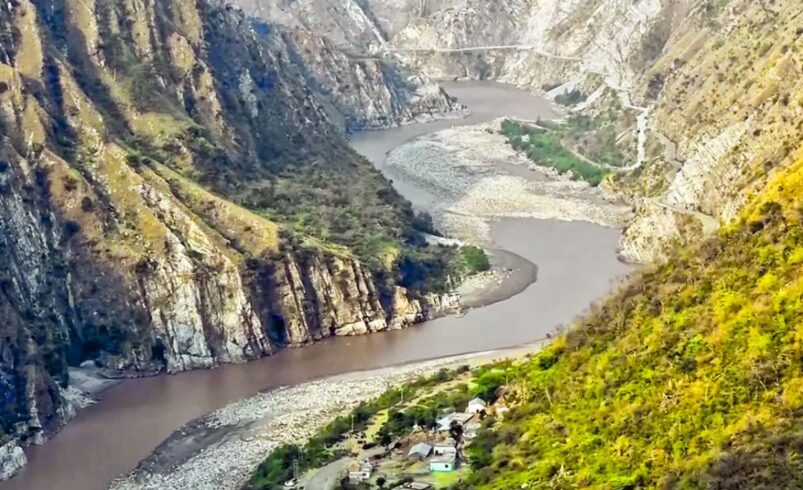Why India Is Weaponizing Water After the Pahalgam Attack?
- May 6, 2025
- 0
The recent terror attack in Pahalgam that claimed the lives of 26 innocent tourists has shocked the nation and spurred the Indian government into decisive action. In a
The recent terror attack in Pahalgam that claimed the lives of 26 innocent tourists has shocked the nation and spurred the Indian government into decisive action. In a

The recent terror attack in Pahalgam that claimed the lives of 26 innocent tourists has shocked the nation and spurred the Indian government into decisive action. In a tragic loss that has reignited national outrage, India has chosen to respond with a powerful, non-military tool: water control. Within days of the attack, India shut the gates of the Salal and Baglihar dams in Jammu & Kashmir, effectively cutting off the Chenab River’s flow into Pakistan. This move, while dramatic, is carefully calculated—aimed at delivering a strong message without direct confrontation.
India’s dam closure marks a rare and strategic suspension of provisions under the Indus Waters Treaty, a pact brokered by the World Bank in 1960 that governs water-sharing between India and Pakistan. Though the treaty has survived multiple wars and conflicts, this suspension indicates that patience is wearing thin. By restricting the Chenab’s flow, India signals that acts of terrorism will no longer be met with diplomatic silence. Instead, vital resources—like water—could now be leveraged as tools of pressure and deterrence.
Striking images from the region now show long stretches of the Chenab riverbed running dry, as the dams remain firmly shut. These visuals are not only symbolic but also practical—they show how water, once considered a humanitarian commodity, is now part of India’s strategic arsenal. For downstream regions in Pakistan, this disruption could affect agriculture, electricity generation, and daily water supply, turning water scarcity into a geopolitical flashpoint. The government’s action emphasizes the cost of fostering or tolerating terror networks across the border.
Officials suggest that the Kishanganga Dam, which controls the flow of the Jhelum River, may be the next asset India uses in its strategic play. If the flow of the Jhelum is similarly blocked or reduced, it would escalate water stress in Pakistan’s northern regions. With multiple river systems under its control, India has ample leverage to use water diplomacy as a response mechanism. These developments indicate a shift in India’s defense posture—one where retaliation isn’t always through arms, but through economic and environmental pressure.
This water shutdown isn’t just a standalone act—it marks the beginning of a new era in India’s geopolitical strategy. With global eyes on water conflicts amid rising climate pressures, India’s bold move sets a precedent. It sends a strong signal to Pakistan and the world that the country will no longer absorb terror strikes passively. Diplomacy, infrastructure, and environmental assets are now part of India’s wider security framework. As tensions rise, the world must watch how water—essential for life—becomes central in conflict, cooperation, and the quest for peace.
Get the latest in business, markets, startups, and policy—visit businessnewsindia.in for in-depth updates and follow us on Instagram @businessnewsindia.in for daily bites of what matters most.
Source – The Economic Times

©2024 | businessnewsindia.in | All Rights Reserved.